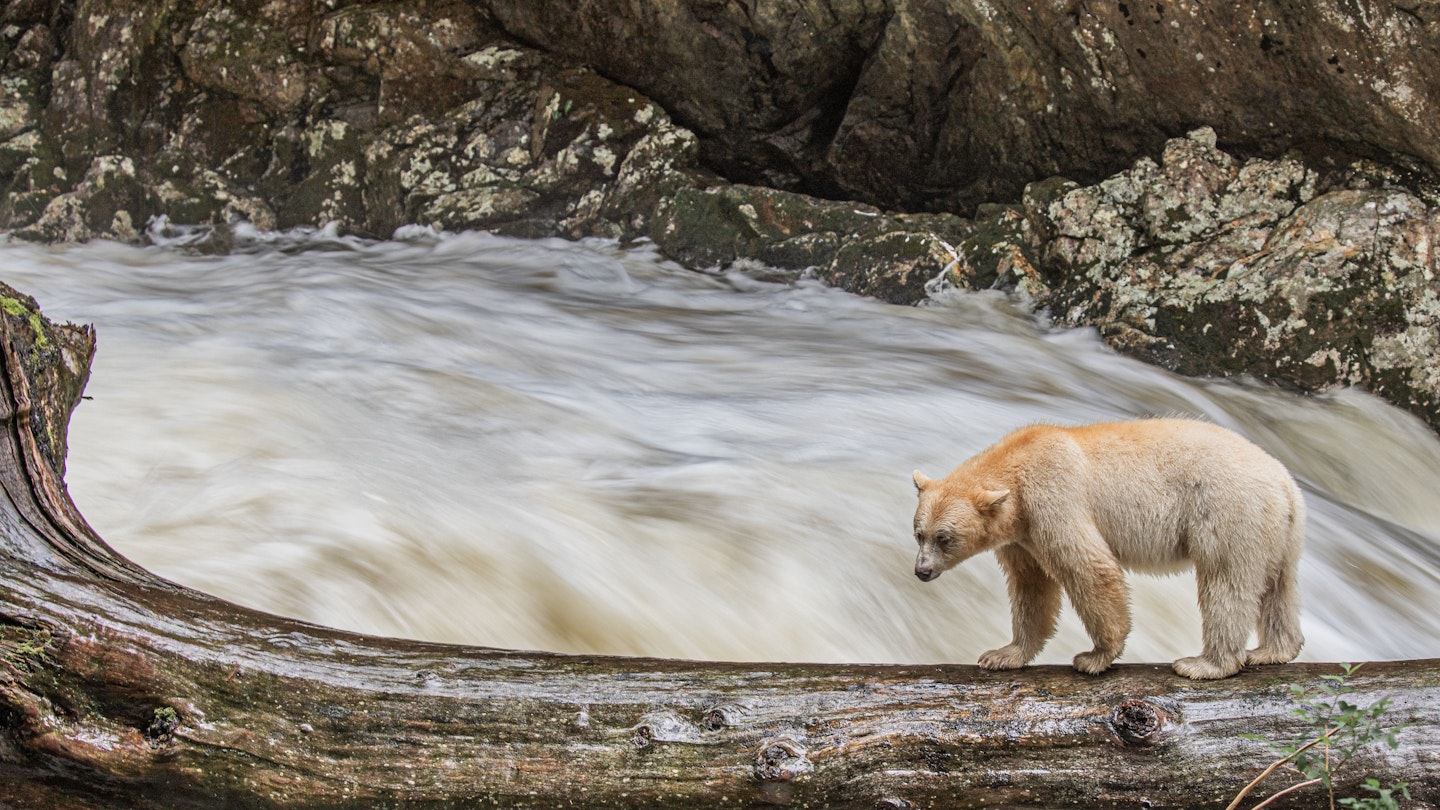The Unique Spirit Bears of British Columbia
The white ‘spirit bears’ (also known as kermodes) of British Columbia, Canada, are renowned for their unique beauty and rarity, particularly within First Nations communities. Celebrated as an iconic representation of the area, they were officially designated as the province’s mammal in 2006. However, a recent study suggests that these remarkable creatures are under threat from various environmental and ecological disruptions, prompting calls for protective measures to safeguard their future.
Understanding the Spirit Bears
The spirit bear is one of the rarest bears globally, primarily found in Northwest Great Bear Rainforest. This extraordinary creature is essentially a white-colored black bear, revered as sacred by First Nations communities in the region. To produce a spirit bear, both parents must possess a recessive gene. Spirit bears have been genetically isolated to the outer islands, which has been crucial for their survival, as explained by Douglas Neasloss, Resource Stewardship Director of Kitasoo/Xai’xais First Nations.
New Research Findings
A recent study published in the British Ecological Society’s Ecological Solutions and Evidence provides critical insights regarding the bears’ vulnerabilities. The study revealed that the frequency of the white gene variant is significantly lower than previously estimated, highlighting that spirit bears might be even rarer than believed. This research analyzed DNA from hair samples collected from 385 black bears across an expansive 18,000km in coastal British Columbia’s Great Bear Rainforest.

Conservation Efforts and Future Directions
According to Dr. Christina Service, a Wildlife Biologist for the Kitasoo/Xai’xais Stewardship Authority, the current habitat protection measures seem insufficient. She noted that existing parks do not fully encompass the areas where approximately 50% of the spirit bear ‘hotspots’ exist, where the gene variant is prevalent. This represents a significant gap in conservation efforts.
For Douglas Neasloss, the implications of this research are profound. He emphasized the cultural and economic connections his community has with the spirit bears, explaining, “Our well-being is directly related to the well-being of these bears. It is critical that we address these gaps in conservation. While spirit bears are celebrated, they face ongoing threats from logging, declining salmon populations, climate change, and hunting of their black bear relatives who carry the recessive gene.” He advocates for increased protective efforts to secure a future for both the islands and these extraordinary bears.
Dr. Service also highlighted that extending protective measures could significantly benefit the future of spirit bears, thus ensuring their survival.




